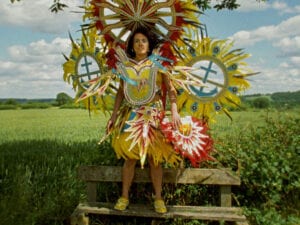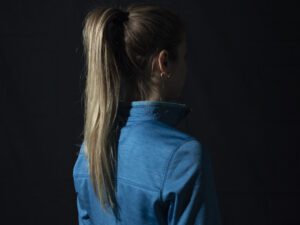The Aesthetica Art Prize has shortlisted some of today’s most inspiring and dynamic creators. The Prize’s alumni continue to succeed and demonstrate excellence across the world, exhibiting at top galleries and winning prestigious awards. Discover pioneering photography, installations, film and more. Meet 10 of the fantastic nominees who have been shortlisted for the Aesthetica Art Prize in recent years.
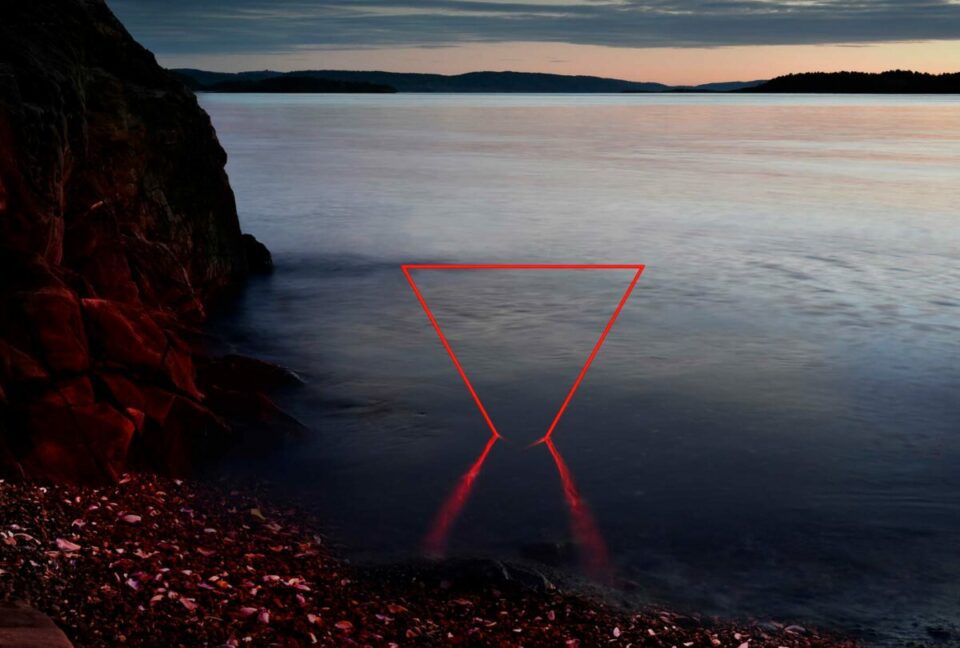
Gjert Rognli
What Nature Knows
The force of nature is at the heart of Gjert Rognli’s artistic practice. He works across film, photography, sculpture and performance, often referencing his affiliation with Arctic Northern Norway: light, darkness, the seasons and mythology are inspirations here. Based in Norway, Rognli is part of the Sami indigenous people; the culture has intrinsically influenced his interpretation of reality. Rognli has received numerous international awards for his work and had many exhibitions both nationally and internationally.
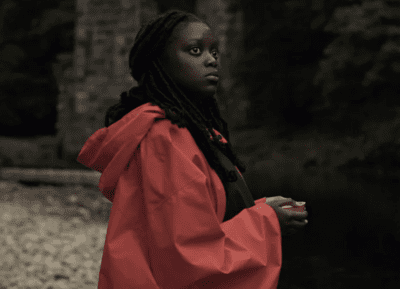
Larry Achiampong
Wayfinder
Larry Achiampong is a BAFTA longlisted (2023) and Jarman Award (2021) nominated artist, filmmaker and musician. His projects employ archival material, film, live performance and still imagery to explore ideas of class, gender, digital and cross-cultural identity. Achiampong’s work examines his communal and personal heritage – in particular, the intersection between popular culture and the residues of colonialism. His work offers multiple perspectives that reveal contemporary society’s deep inequalities.
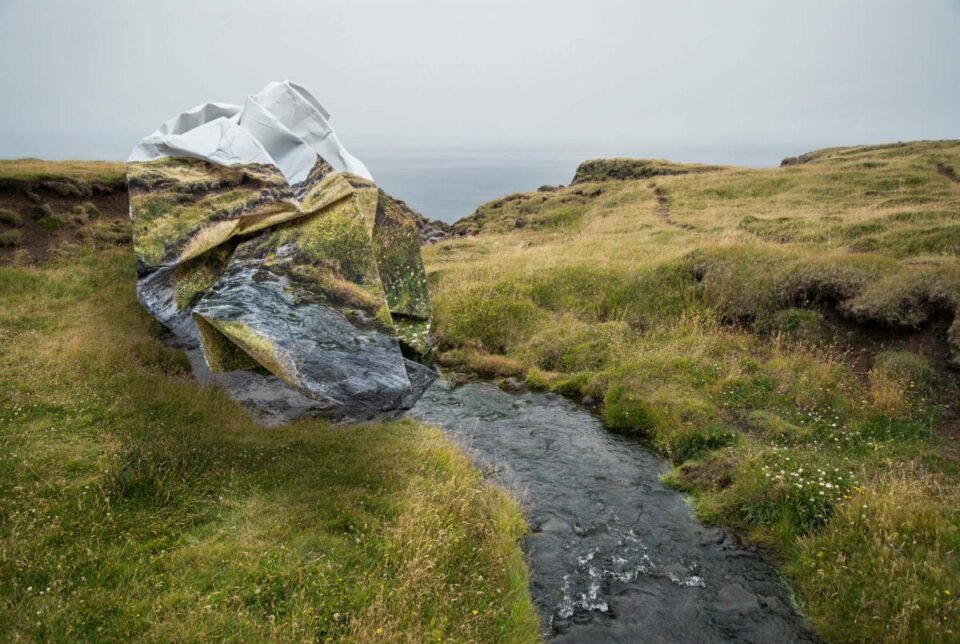
Ingrid Weyland
Topographies of Fragility VI
Ingrid Weyland manipulates, alters and enacts “violent gestures” on the land, contorting images
until the landscapes become something altogether different. Weyland’s photography taps into the
idea of Anthropocentrism – the role of the human hand in shaping ecosystems. The collages include original images from Argentina, Greenland and Iceland and explore layers of potential and possibility;
the remnants of untouched landscapes are still visible underneath the central crumple zones.
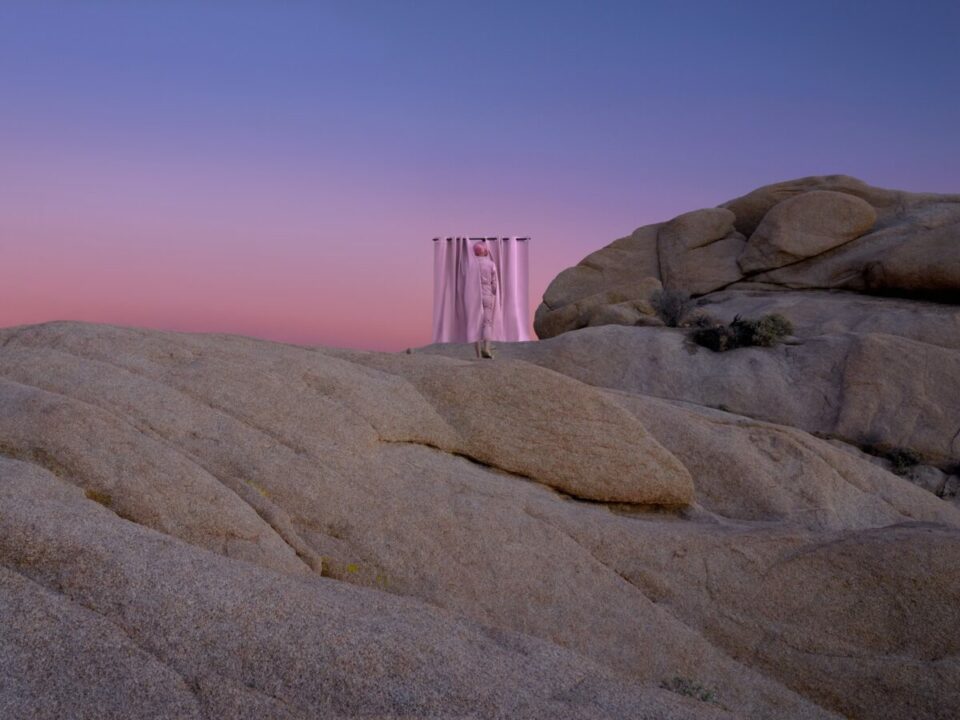
Margeaux Walter
Don’t Be a Square
Margeaux Walter is a fine art photographer based in Joshua Tree, California. Dedicated to building a layered scene, she uses photography, installation, video and performance to portray issues related to conservation, climate change, consumption and waste. The images engage with viewers on the practice of seeing challenging us to question what we see and how we see it. In Don’t Be a Square, Walter stages interventions in the landscape that, when viewed through a camera lens, disrupt the scenery.
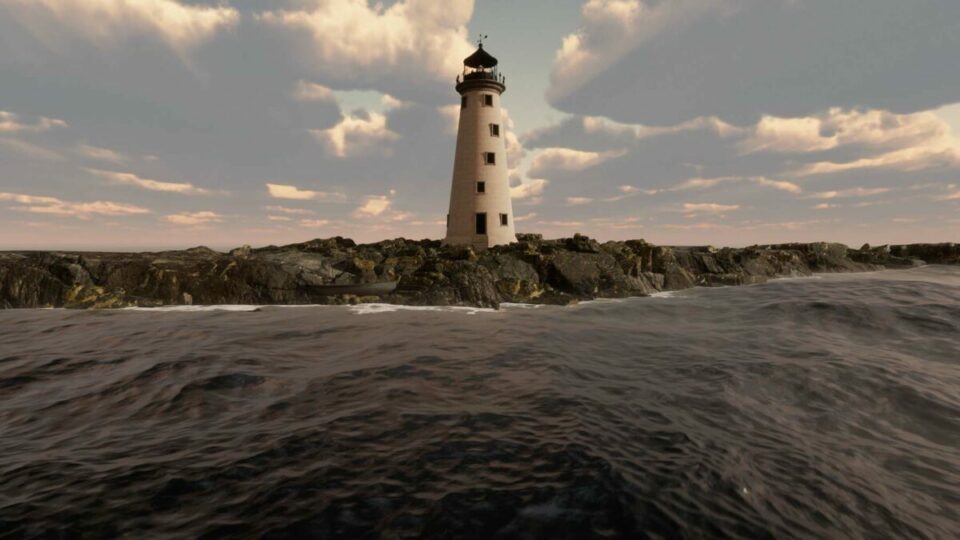
Sophie Dixon
Grace
Sophie Dixon is a visual artist from the UK. Working across film, 3D technologies and installation, her projects explore the themes of memory, history, and the boundaries between the real and the virtual. In 1838, Grace Darling became one of the greatest female celebrities of the Victorian era after she rescued survivors from the wreck of the SS Forfarshire. Her quiet life as a lighthouse keeper’s daughter was changed forever. Grace is a poetic exploration of Darling’s life and the impact of her fame.
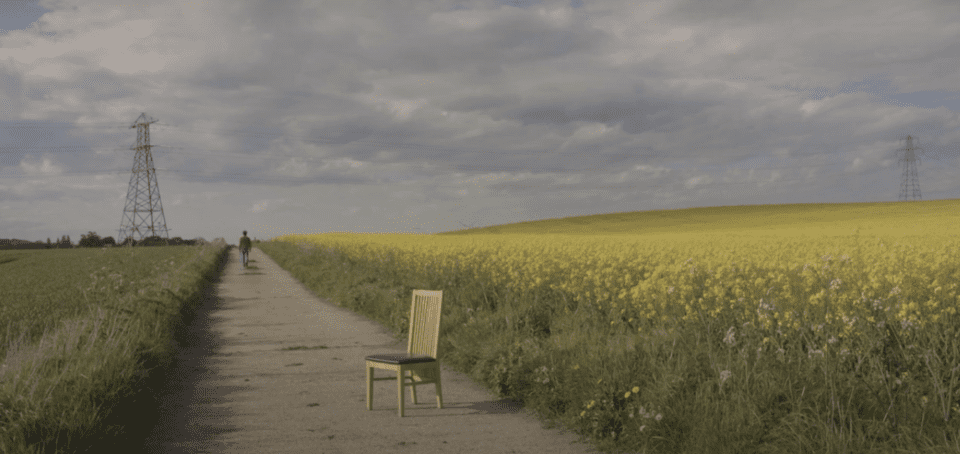
Sigita Silina
Liminal Potential
Sigita Silina is a visual artist who merges art, science, and philosophy, inviting viewers to discover the interplay between art and human consciousness. Liminal Potential surveys the impact of Artificial Intelligence (AI) on humanity. Through AI-generated poetry and insightful commentary, it explores the balance between humankind’s intellect and AI’s exponential growth, highlighting potential consequences of excessive reliance on AI. We are reminded to preserve our humanity amidst relentless progress.
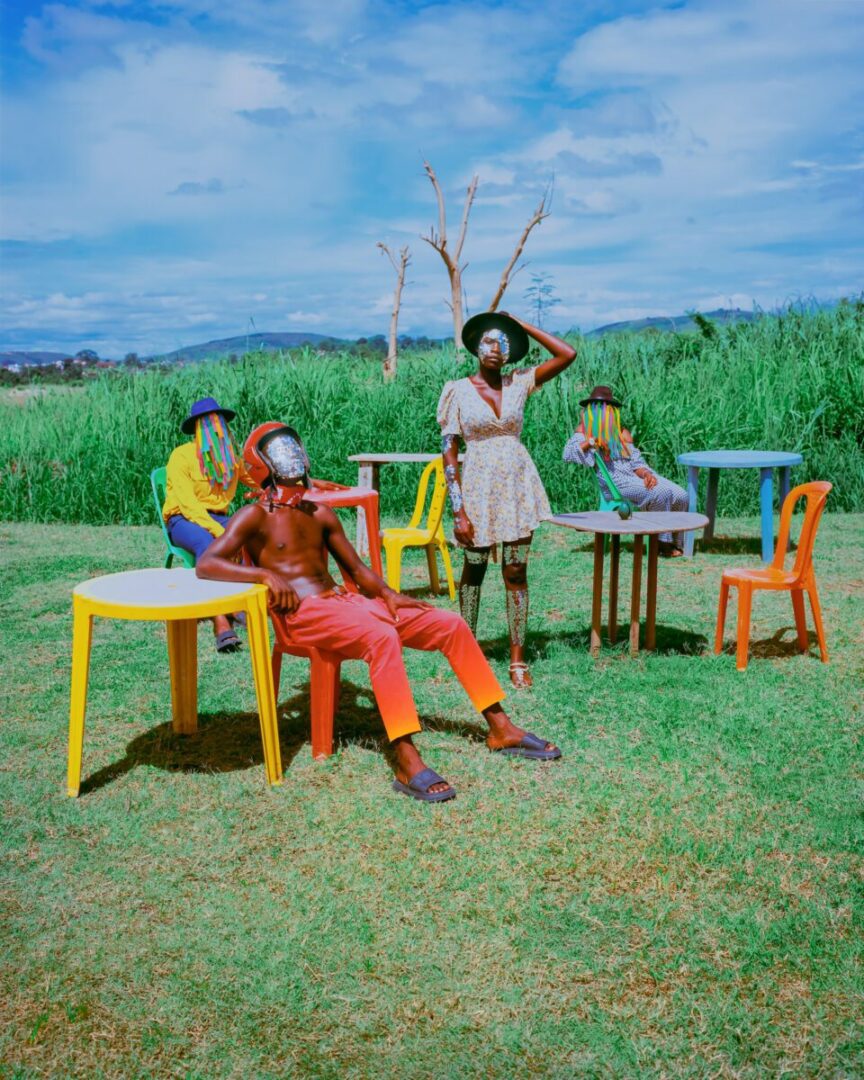
Kriss Munsya
Genetic Bomb
Munsya is an image-based artist based in Canada. He was born in Kinshasa, Democratic Republic of Congo, and moved to Belgium at the age of two. Like many people who have experienced similar emigrations, he carries generational guilt and confusion. Munsya’s work raises awareness about
difficult topics, including racism, colonialism, white supremacy and patriarchy. His images, like those in shortlisted series Genetic Bomb, create a dissonance between what viewers see and what they feel.
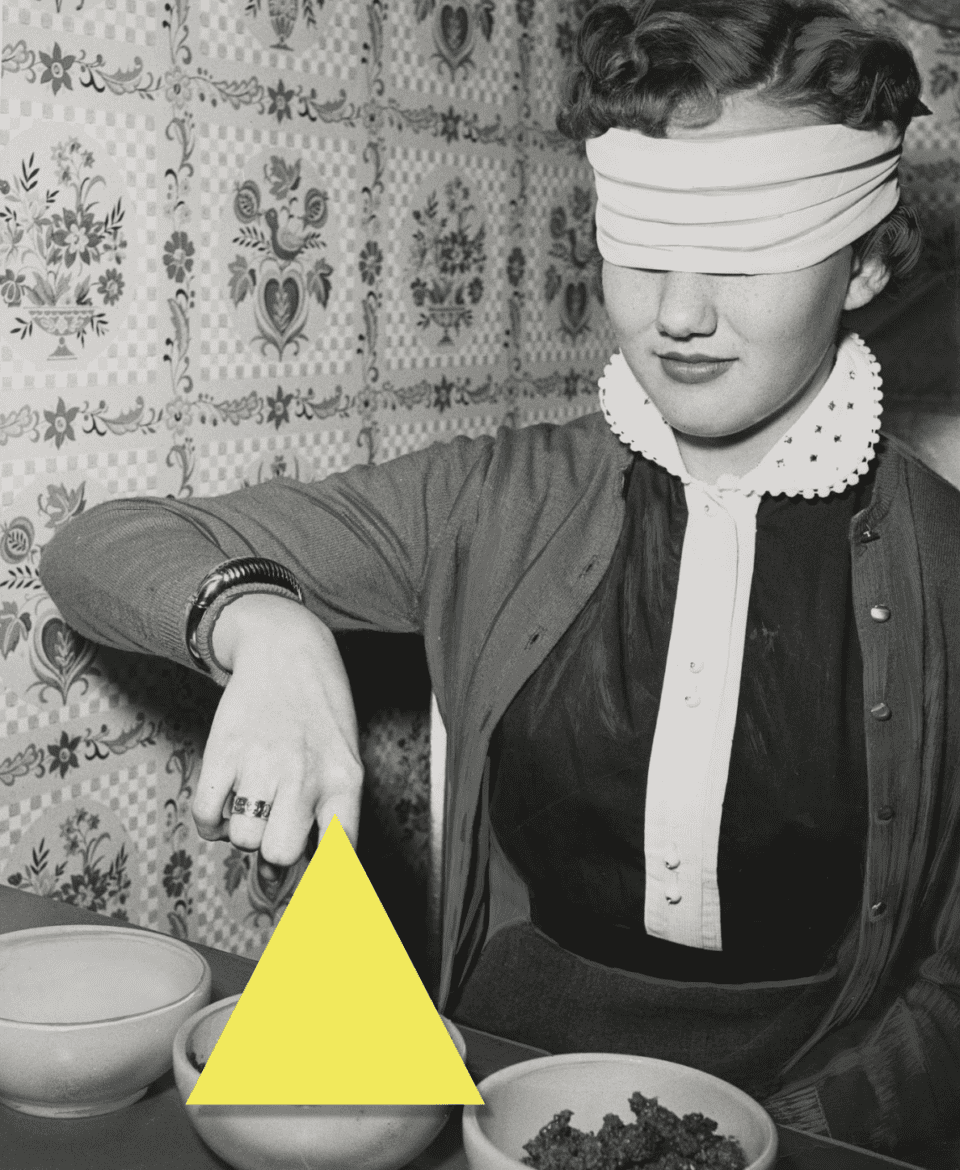
Edgar Martins
I’m Still Here
When the Mona Lisa was stolen from the Louvre in 1911, visitors flocked to see the empty space. Its absence unleashed human curiosity. I’m Still Here is the result of research projects developed with prisons, legal medicine institutes and human rights organisations based in conflict zones. Martins took inspiration from triangular suicide notes written on post-its. He appropriated images from high drama films from bygone eras and news photographs depicting events of historical significance.
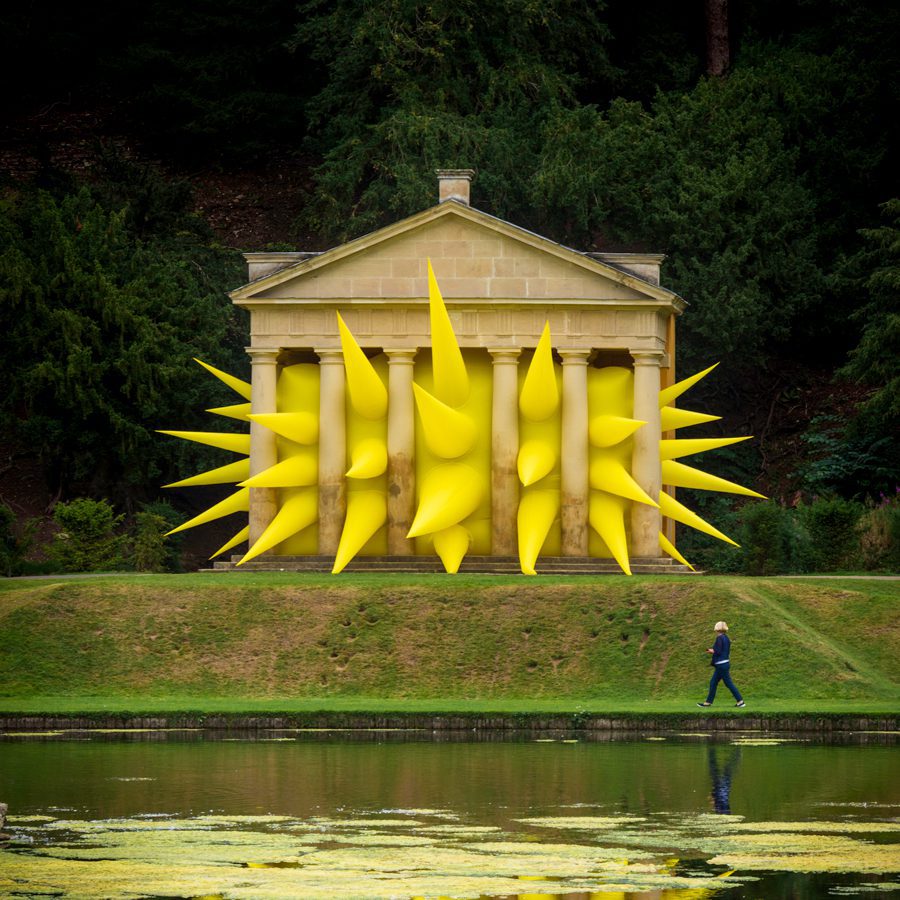
Steve Messam
Spiked
Steve Messam is an innovative environmental artist based in the North East of England. His temporary, eye-catching installations, typically “bigger than a house”, exploit colour, scale and narratives, creating
a moment of interruption in the familiar. These bold and large-scale installations uncover multiple narrative layers within the landscape, drawing on existing uses of the land and reflecting an understanding of the geological, cultural and agricultural practices used to shape and define the area.
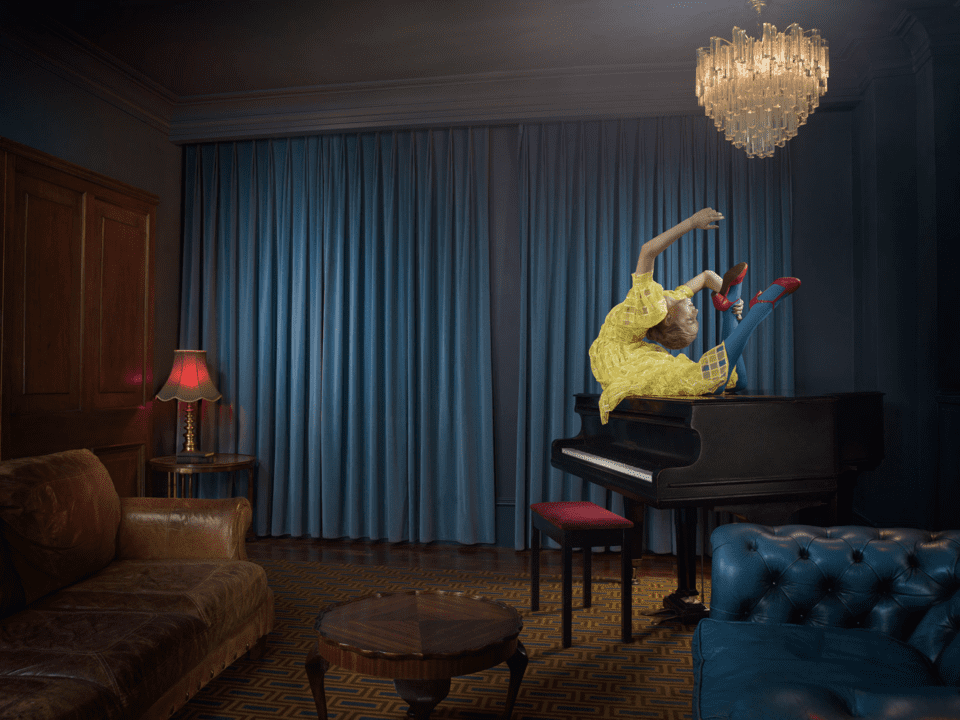
Julia Fullerton-Batten
Contortion
Contortionism is one of the oldest art forms, dating back to ancient civilisations, and requires years of dedication, discipline and training. Fine art photographer Julia Fullerton-Batten’s Contortion was inspired by feelings of extreme anxiety and loneliness offset by inner strength, humour and fortitude as the Covid-19 pandemic hit. Each image embellishes the subject matter in a series of “stories” that use staged tableaux and sophisticated lighting techniques to tease the viewer into re-examining the picture.



